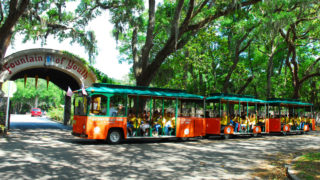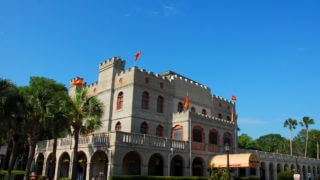Ximenez-Fatio House
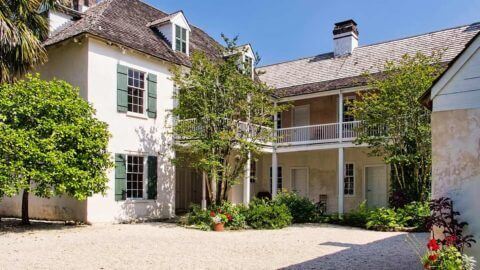
While in the oldest city, you won’t want to miss one of the oldest structures still standing. Made of coquina stone, it’s a lovely example of both Spanish and English architecture. What makes this spot even more exciting is the detached kitchen, the only original 18th century building of its kind. Take the audio tour to learn about the home’s fascinating past, how it became an Inn and then a historic museum.
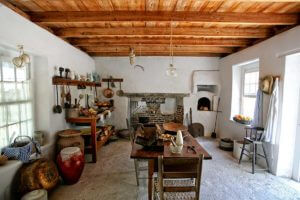 The two-story main house was originally the residence and office of local merchant Andres Ximenez. The first floor contained a storefront and the second floor served as the family quarters. The plot dates back to the original town plan of 1572. The main house and detached kitchen were built in 1798. After his death, Ximenez’s heirs sold the home to Margaret Cook who converted the home into a boarding house.
The two-story main house was originally the residence and office of local merchant Andres Ximenez. The first floor contained a storefront and the second floor served as the family quarters. The plot dates back to the original town plan of 1572. The main house and detached kitchen were built in 1798. After his death, Ximenez’s heirs sold the home to Margaret Cook who converted the home into a boarding house.
After Florida became part of the United States, St. Augustine became a tourist destination and a setting where doctors recommended that individuals with certain respiratory ailments could seek relief. There was also a large military presence as the U.S. occupied the Castillo de San Marcos. There was a need for additional hotel space. While small-scale boarding houses were typical because families would rent out single rooms, the Ximenez-Fatio House was one of the largest boarding houses in the city. Several additions were made in later years to increase the number of rooms. As an upscale inn, it hosted individuals, families and politicians as well as sea captains, soldiers and adventurers. Operated by a succession of women, the boarding house was a highly regarded place to stay in St. Augustine. During this period, it was rare for women to own or operate a business on their own. The last owner of the boarding house was Louisa Fatio.
The National Society of Colonial Dames purchased the building from Fatio’s heirs in 1939. The Society collaborated with the National Park Service and the State of Florida to restore and preserve the property. The University of Florida has conducted several archaeological digs at the site. The Ximenez-Fatio House is a rare example of early colonial Florida and the role of women in St. Augustine’s commercial history.
You’ll appreciate the ancient construction and the displays of rare items found on the property during archaeological digs. Interactive displays thrill children and adults while the many other aspects of the museum make for an exceptional look into St. Augustine’s history. One of St. Augustine’s most distinctive historic sites, the 19th-century Ximenez-Fatio House is a remarkably preserved residential building from the city’s Second Spanish Period. The beautifully restored colonial house features a rich history. The house museum focuses on the home’s role as an upscale boarding house during the first Florida tourism boom of the early 19th century.
Must See Exhibits
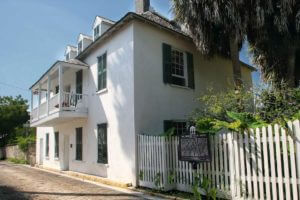
The historic house museum is one of the most popular attractions in St. Augustine. You will see how people lived in early 19th-century Territorial Florida. The tour starts in the Visitor Center with a video preview that sets the scene for the audio tour. Featuring more than a dozen rooms, the property has period pieces, artifacts, decorative arts and family heirlooms. Each room is designed to share a specific aspect of the property’s history. Furnished spaces on the tour include the kitchen, the dining room and the guest parlor along with the owner’s office and private quarters. You can also see the detached kitchen, which was built to prevent fire from spreading to the main house. This architectural design also kept the cooking heat away from the main house during the summer. There is also a replica of the 1802 washhouse, which contains a rare 19th-century hand-cranked washing machine. The fragrance of oranges awaits visitors during the tour of the meticulously landscaped grounds.
Know Before You Go
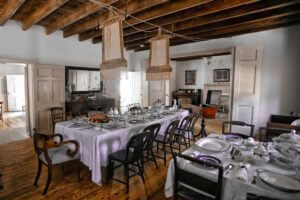
HOURS & ADMISSION
- 11:00 am – 4:00 pm
- Audio tours only
ADMISSION FEE
- Adults: $10.00
- Seniors (55+): $8.00
- Students 6-18: $8.00
- Children 6 and under are free
- Military: $8.00 (ID required)
PHONE & ADDRESS
- Address: 20 Aviles St.
- Phone: (904) 829-3575
- Website: http://ximenezfatiohouse.org/
Nearby Attractions
 Spanish Military Hospital
Spanish Military Hospital
Housed in a reconstructed building, the Spanish Military Hospital enables visitors to travel back in time to learn about medical practices during the late 18th century. In addition to viewing antique instruments, guests can witness a demonstration that transforms plants and herbs into medicinal remedies. Discover the techniques and medications that are still in use.
 Lightner Museum
Lightner Museum
Housed in the former Alcazar Hotel built in 1887 by Henry Flagler, the Lightner Museum preserves and displays a wide range of art and other works from the 19th century. The three floors are filled with furnishings, musical instruments and Tiffany stained glass.
O’Reilly House Museum
One of the oldest structures in St. Augustine, the Father Miguel O’Reilly House Museum was built during the First Spanish Period. An Irish priest serving the Spanish Crown, O’Reilly purchased the home in 1785. He bequeathed his residence to the Sisters of St. Joseph who dedicated themselves to the education of African-American slaves. The home is furnished with various artifacts and period pieces.

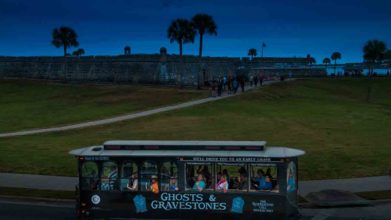
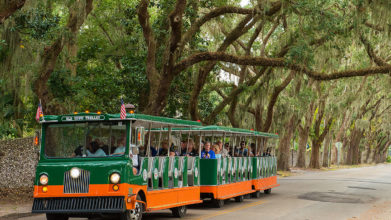


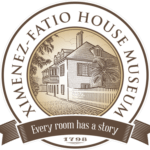
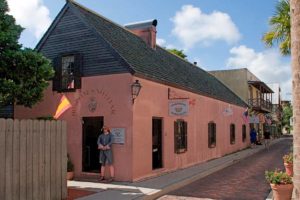 Spanish Military Hospital
Spanish Military Hospital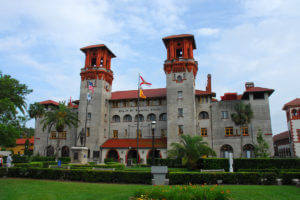 Lightner Museum
Lightner Museum